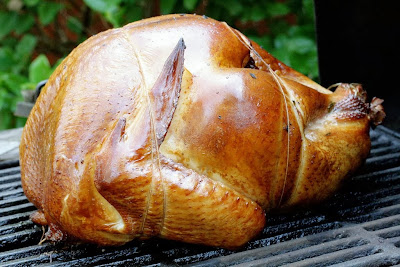On her birthday, she can pick whatever she wants to eat. Some years it is complicated. Some years it is simple.
On this year, our year of moving, packing, unpacking, job-changing, settling in to a new city and all the excitement that has entailed, Mrs. Dude chose simple. She chose catfish sandwiches, bless her heart, a recipe that I first cooked for her in the late 1990s.
3/4 cup mayonnaise
3 tablespoons sweet pickle relish
1 ½ tablespoons drained bottled capers, chopped fine
1 tablespoon Dijon-style mustard
1 tablespoon fresh lemon juice, or to taste
a pinch of cayenne
1 tablespoon bottled cocktail sauce, or to taste
Mix the ingredients above to make the sauce.
For the sandwich:
all-purpose flour seasoned with salt and pepper for dredging the fish
2 large eggs, beaten
½ teaspoon salt
¼ teaspoon cayenne
cornmeal for dredging the fish
four ½-pound catfish fillets, halved crosswise
vegetable oil for deep-frying the fish
8 soft sandwich rolls, split
soft-leafed lettuce for the sandwiches
2 tomatoes, sliced thin
16 slices of lean bacon, cooked
Slice the tomatoes.
Fry the bacon until crispy. Set aside the bacon on paper towels until ready to serve.
Make several trays. One with flour. One with the beaten eggs. One with the cornmeal.
Dredge the catfish through the flour, until thoroughly coated. Then dredge through the eggs. Again, thoroughly coat. Finally dredge through the cornmeal. You'll have a nice, layered catfish fillet at this point.
Put 2 inches of oil in a deep pot. Heat the oil in the pot to 350°F.
Set the fish gently into the hot oil. The trick with screaming hot oil is to not be afraid of it. If you drop the fish in from a height, you'll splash and burn yourself. Set the fish gently into the oil and you won't splash and won't burn. Really.
Cook a few minutes (1-3) per side, until nicely browned.
Remove from the oil after you've cooked on both sides. Set on a paper towel to drain.
Assemble the sandwich with a nice bread, sauce, lettuce, tomato, catfish and bacon. Mmmmmmmmm.... bacon...
Served with:
Happy birthday, beautiful.
By Bbq Dude
